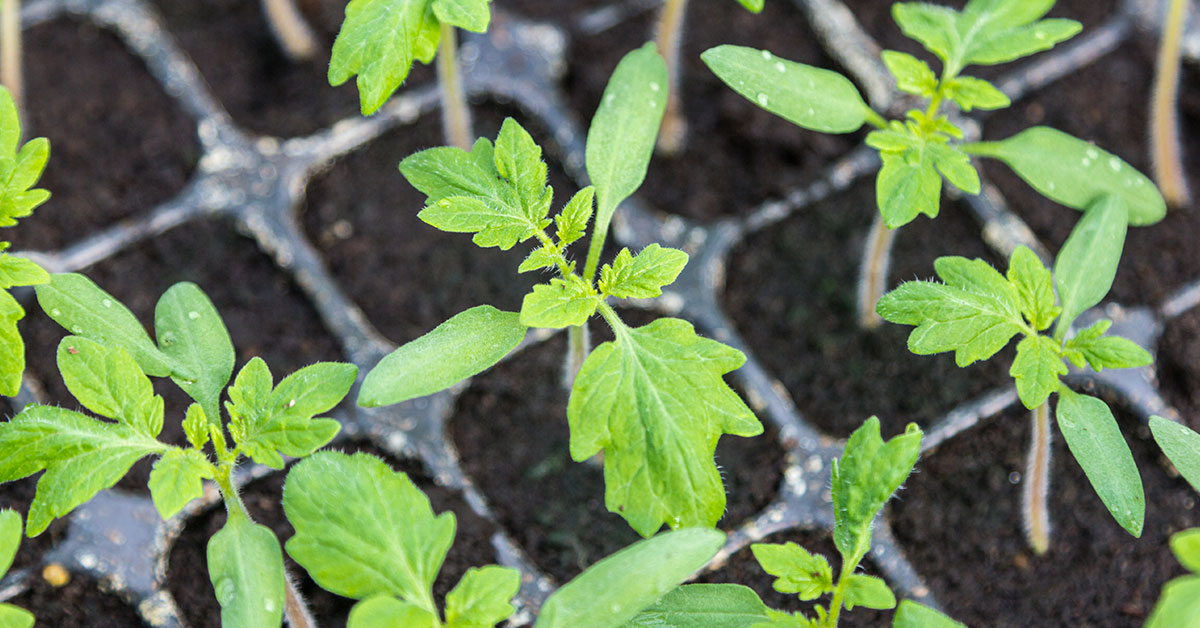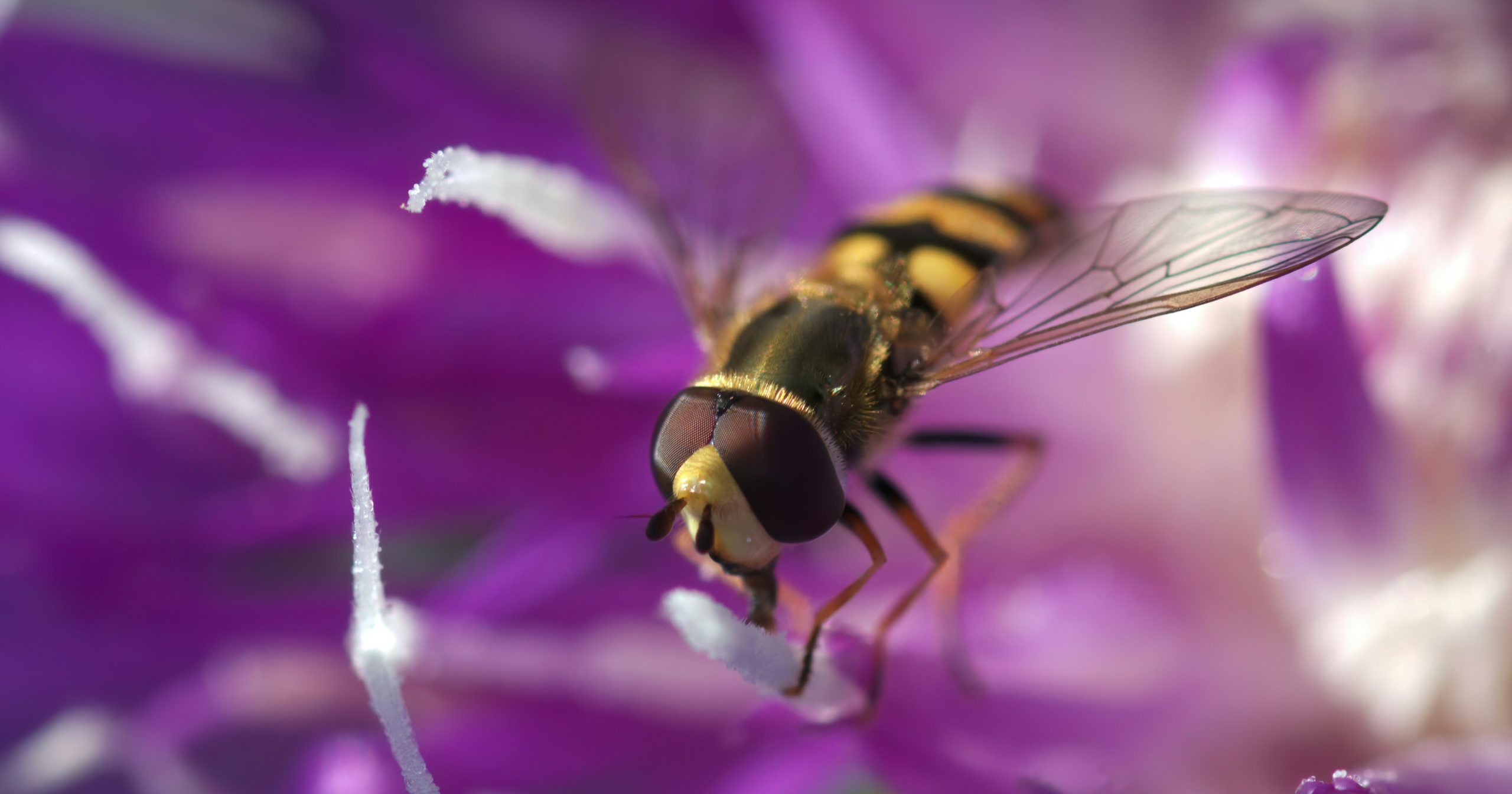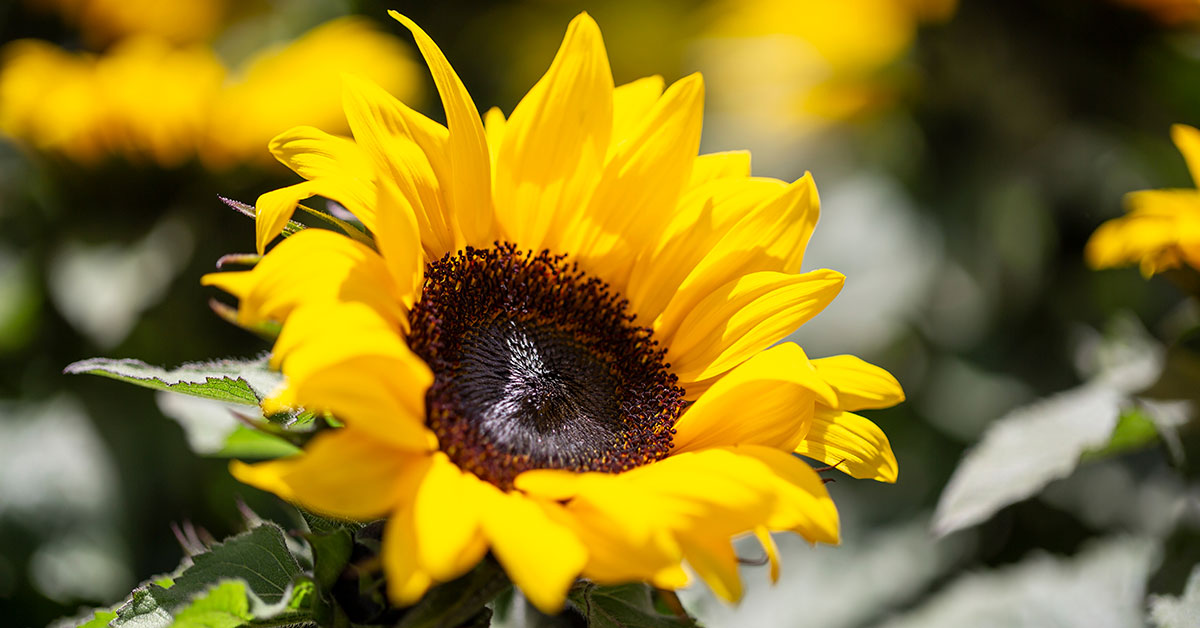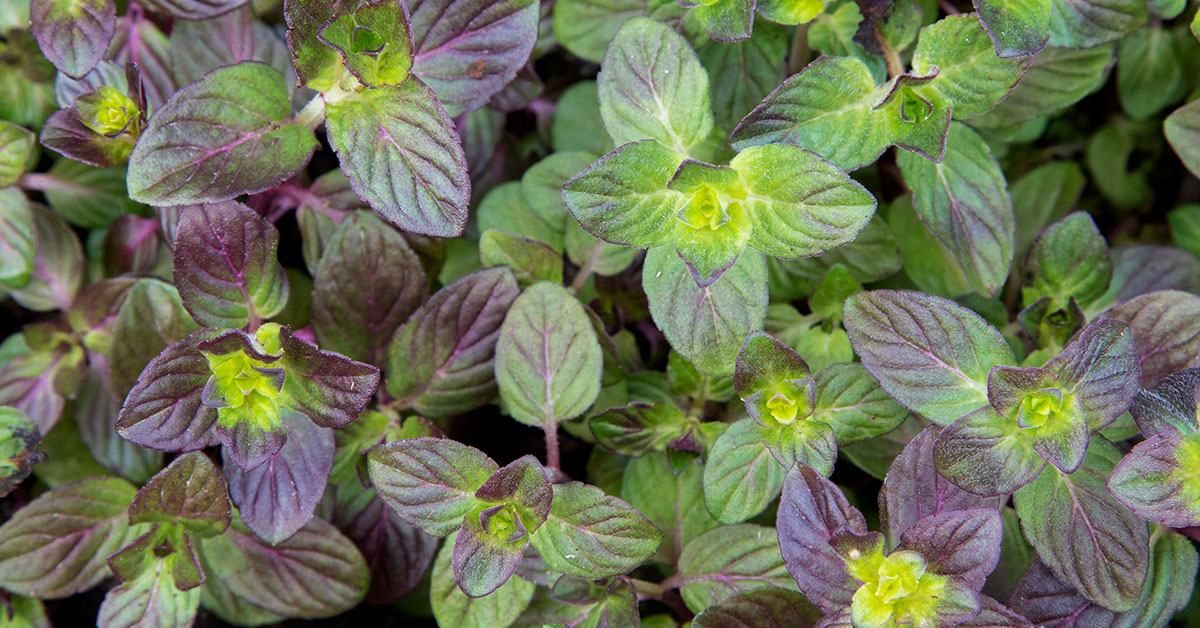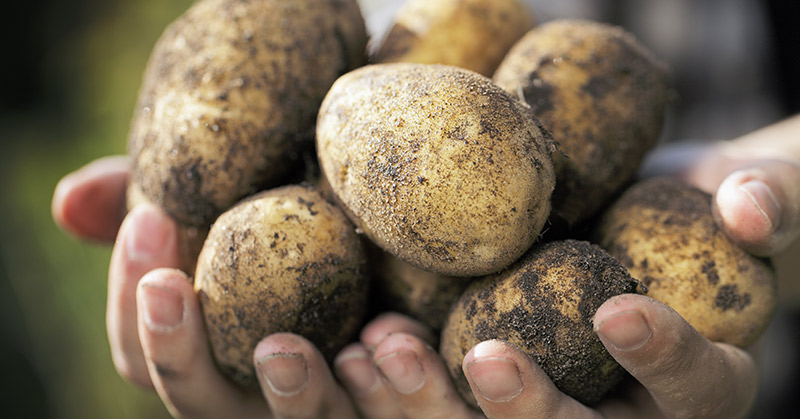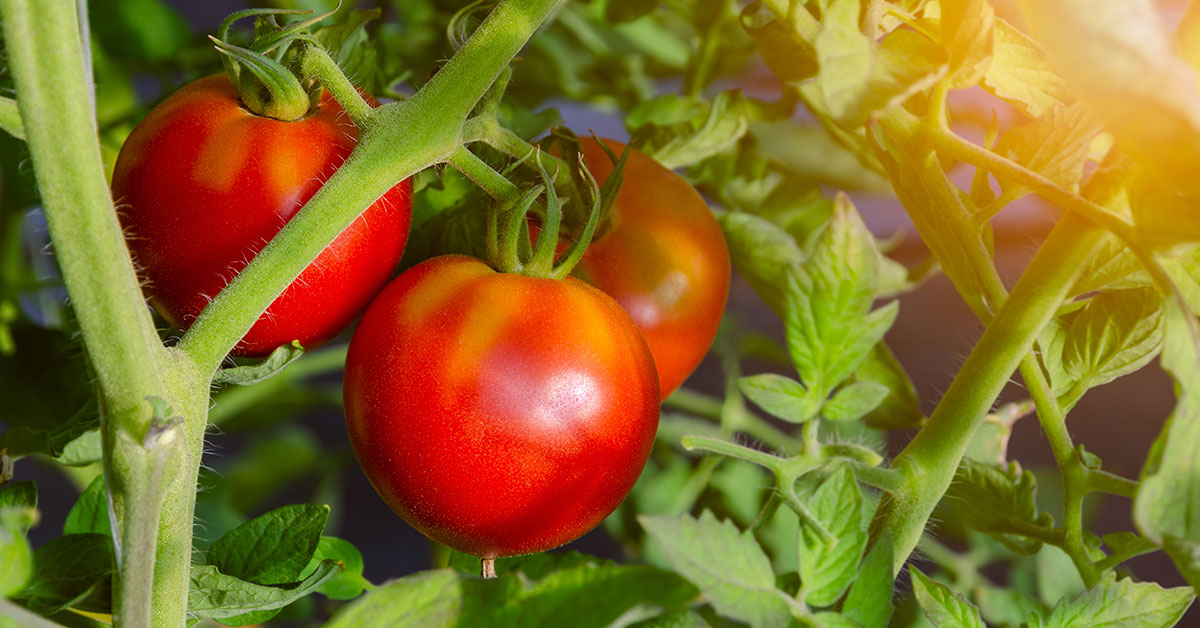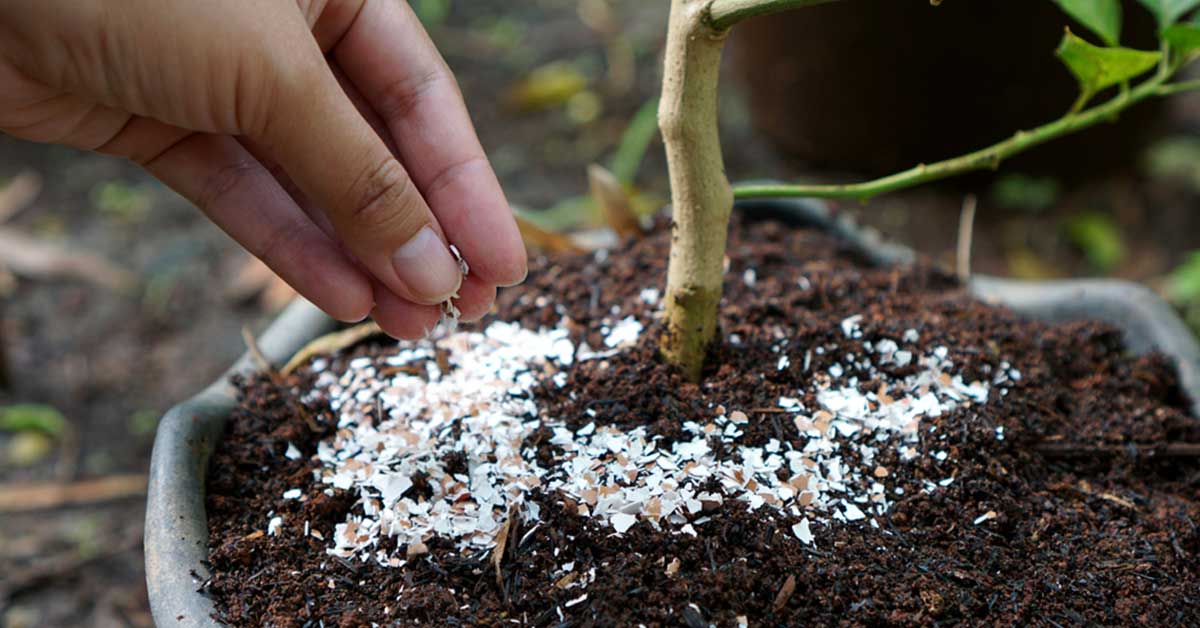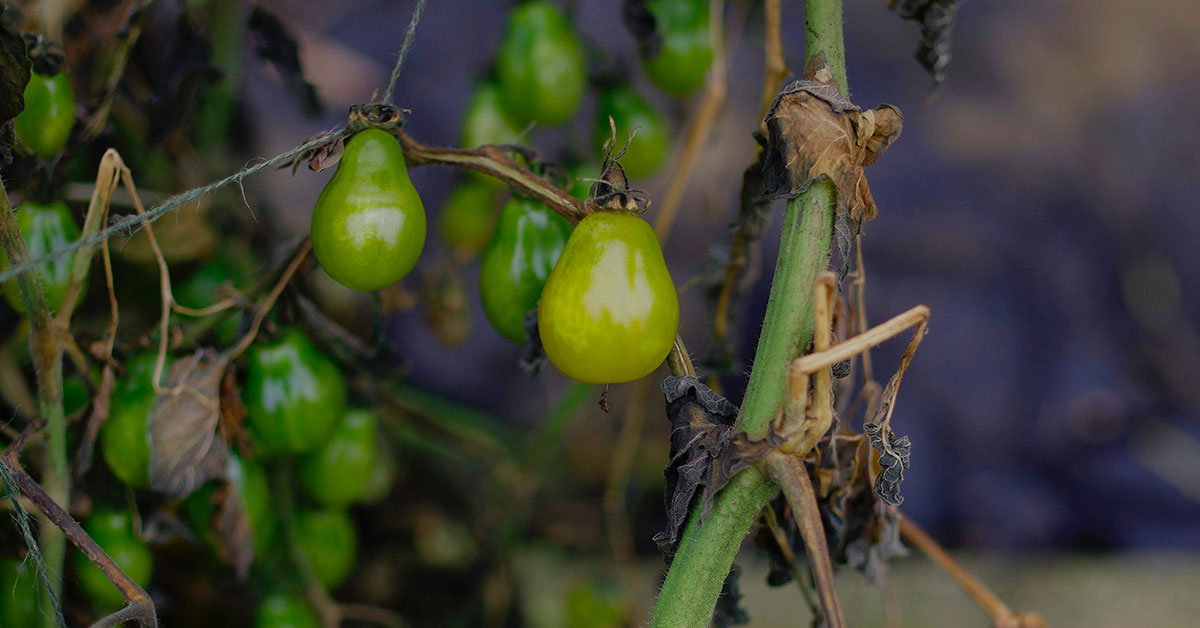Welcome to our comprehensive guide on the best tomatoes to grow in Maine! As any seasoned gardener knows, the success of growing tomatoes greatly depends on selecting the right varieties that are well-suited to the unique climate and growing conditions of a specific region. Maine’s cool and short growing season, coupled with its sometimes unpredictable weather patterns, calls for tomato varieties that are hardy, disease-resistant, and capable of producing bountiful harvests.
In this article, we will explore a selection of the best tomato varieties that thrive in Maine’s challenging conditions, providing you with the knowledge and confidence to grow delicious tomatoes in your own backyard. Whether you are a seasoned gardener or a beginner, this guide will help you choose the perfect tomatoes to ensure a successful and rewarding growing experience. So, let’s dive in and discover the best tomatoes for Maine!
The best tomatoes to grow in Maine
When it comes to growing tomatoes in Maine, it is crucial to choose varieties that are well-suited to the region’s unique climate and growing conditions. The best tomatoes to grow in Maine are those that can withstand the shorter growing season, cooler temperatures, and the potential for unpredictable weather. Here are ten tomato varieties that have proven to be successful in Maine gardens:
- Early Girl: This variety is known for its early maturity, making it ideal for Maine’s shorter growing season. It produces medium-sized, flavorful fruits.
- Stupice: Another early-maturing variety, Stupice is a cold-tolerant tomato that thrives in cooler temperatures. It yields small to medium-sized, tangy fruits.
- Sungold: A favorite among tomato enthusiasts, Sungold is a cherry tomato that offers exceptional sweetness and flavor. It ripens early and produces abundant clusters of golden-orange fruits.
- Black Krim: This heirloom variety is known for its unique, smoky flavor. Black Krim tomatoes have a dark, almost black skin and are perfect for slicing.
- Brandywine: A classic heirloom tomato, Brandywine is a large, beefsteak variety with exceptional flavor. It requires a longer growing season, but with proper care, it can thrive in Maine.
- Cherokee Purple: Another heirloom variety, Cherokee Purple produces large, dusky purple tomatoes with a rich, sweet flavor. It is well-suited to Maine’s climate.
- Green Zebra: This unique tomato variety ripens to a beautiful green color with yellow stripes. Green Zebra tomatoes have a tangy flavor and are perfect for salads and salsas.
- Roma: Known for its meaty texture and low moisture content, Roma tomatoes are excellent for making sauces, pastes, and canning. They are a reliable choice for Maine’s growing conditions.
- Yellow Pear: This cherry tomato variety produces small, pear-shaped fruits with a sweet, mild flavor. It adds a pop of color to salads and is perfect for snacking.
- Celebrity: Celebrity tomatoes are disease-resistant and produce medium-sized, flavorful fruits. They are a reliable choice for Maine gardeners, particularly those new to tomato cultivation.
Remember, these ten varieties are just a starting point for selecting the best tomatoes to grow in Maine. It’s essential to consider your specific location, microclimate, and personal preferences when choosing tomato varieties. Experimenting with different varieties each season can also be an exciting way to discover new favorites.
Avoid growing these tomatoes in Maine
When it comes to growing tomatoes in Maine, it is important to choose varieties that are well-suited to the region’s unique climate and growing conditions. While there are many tomato varieties available, not all of them thrive in Maine’s shorter growing season and cooler temperatures. Here are ten tomato varieties that are best avoided in Maine:
- Beefsteak: Beefsteak tomatoes require a longer growing season and warmer temperatures to fully ripen. In Maine, they often struggle to reach their full potential.
- Brandywine: Brandywine tomatoes are known for their exceptional flavor, but they are also notorious for their slow growth and late maturity. They may not have enough time to ripen before the first frost in Maine.
- Cherokee Purple: Similar to Brandywine, Cherokee Purple tomatoes have a long maturity period and may not ripen fully in Maine’s shorter growing season.
- Pineapple: Pineapple tomatoes are large and sweet, but they require a longer growing season to develop their unique flavor. In Maine, they may not have enough time to fully mature.
- Black Krim: Black Krim tomatoes have a rich, smoky flavor, but they are also slow to mature. They may not ripen fully in Maine’s cooler temperatures.
- Mortgage Lifter: While Mortgage Lifter tomatoes are known for their large size and excellent taste, they have a long growing season and may struggle to ripen in Maine.
- Big Boy: Big Boy tomatoes are popular for their large size, but they require a longer growing season to reach their full potential. In Maine, they may not have enough time to fully mature.
- Green Zebra: Green Zebra tomatoes have a unique green color and tangy flavor, but they are known for their slow ripening. They may not fully mature in Maine’s cooler climate.
- Yellow Pear: Yellow Pear tomatoes are small and sweet, but they have a longer maturity period. In Maine, they may not have enough time to ripen fully.
- Roma: Roma tomatoes are commonly used for sauces and canning, but they require a longer growing season to develop their full flavor. In Maine, they may not have enough time to fully mature.
While these varieties may not be the best tomatoes to grow in Maine, there are plenty of other options that are well-suited to the region’s climate and will yield delicious results.
Tips for growing tomatoes
When it comes to growing tomatoes in Maine, it is essential to choose the best tomato varieties that are well-suited for the region’s unique climate and growing conditions. Here are some tips and best practices to help you successfully grow tomatoes in Maine:
- Select the right tomato varieties: Opt for tomato varieties that are known to thrive in cooler climates and have a shorter growing season. Some of the best tomatoes to grow in Maine include Early Girl, Stupice, Glacier, and Sub-Arctic Plenty. These varieties are early maturing and can handle the shorter summers and cooler temperatures of Maine.
- Start seeds indoors: Since Maine’s growing season is relatively short, it is advisable to start tomato seeds indoors 6-8 weeks before the last frost date. This gives the plants a head start and allows them to develop strong root systems before transplanting them outdoors.
- Harden off seedlings: Before transplanting your tomato seedlings outdoors, it is crucial to harden them off gradually. This involves exposing the plants to outdoor conditions for a few hours each day, gradually increasing the time over a week or two. This process helps the seedlings acclimate to the outdoor environment and reduces transplant shock.
- Choose a sunny location: Tomatoes require at least 6-8 hours of direct sunlight daily to thrive. Select a sunny spot in your garden that is sheltered from strong winds. Consider using raised beds or containers to maximize heat absorption and provide better drainage.
- Prepare the soil: Tomatoes prefer well-draining soil that is rich in organic matter. Amend your soil with compost or well-rotted manure to improve its fertility and drainage. Aim for a slightly acidic soil pH between 6.0 and 6.8, as this range is ideal for tomato growth.
- Provide support: Most tomato varieties benefit from staking or trellising to support their growth and prevent diseases. Install stakes or cages at the time of planting to provide support as the plants grow. This also helps keep the fruits off the ground, reducing the risk of rot and pest damage.
- Water consistently: Tomatoes require consistent moisture, especially during the hot summer months. Water deeply and regularly, aiming to keep the soil evenly moist but not waterlogged. Avoid overhead watering, as it can promote the spread of diseases. Instead, use drip irrigation or water at the base of the plants.
- Mulch to conserve moisture: Apply a layer of organic mulch, such as straw or wood chips, around the base of your tomato plants. Mulching helps conserve moisture, suppresses weeds, and regulates soil temperature. It also prevents soil-borne diseases from splashing onto the foliage.
- Monitor for pests and diseases: Keep a close eye on your tomato plants for signs of common pests like aphids, tomato hornworms, or diseases like blight. Regularly inspect the foliage, stems, and fruits, and take appropriate measures such as handpicking pests or using organic pest control methods to prevent damage.
By following these tips and selecting the best tomatoes to grow in Maine, you can increase your chances of a successful tomato harvest. Enjoy the satisfaction of growing delicious, homegrown tomatoes that are perfectly suited to Maine’s climate.
